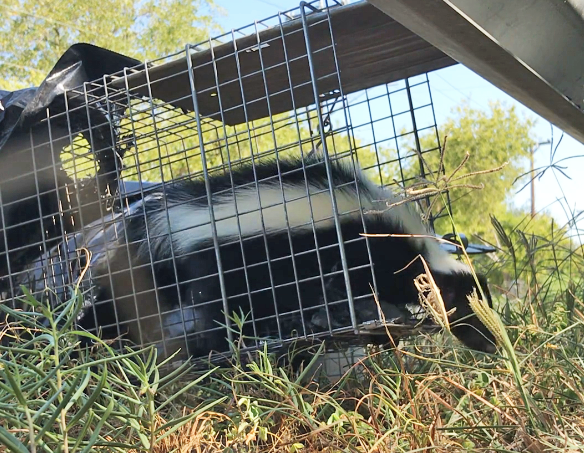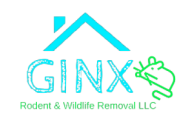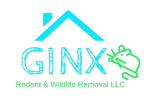Wildlife intrusions are not just inconvenient, they can pose serious risks to your home, health, and safety. From raccoons in attics to squirrels in crawl spaces, once wild animals find a way inside, they can cause structural damage, contaminate areas with waste, and introduce parasites. Wildlife exclusion is a proactive and humane strategy to prevent these intrusions from happening in the first place. Rather than dealing with repeat invasions, exclusion aims to seal off access and eliminate attractants before they become a problem.
Unlike temporary fixes, true exclusion methods take the behavior and biology of each animal into account. It’s not enough to simply remove the intruder. Understanding what drew them in and ensuring it won’t happen again is the foundation of long-term protection.

Why Wildlife Exclusion Matters
Wild animals are constantly seeking food, shelter, and safety. Urban and suburban homes provide all three in abundance. Attics, vents, chimneys, and basements are ideal nesting sites, while pet food, compost bins, and unsecured trash offer easy meals. Once animals have made themselves at home, they may return seasonally or pass access routes on to their offspring.
The goal of wildlife exclusion is to stop these cycles by denying access to critical entry points. This isn’t just about keeping a raccoon out of the attic. It’s about:
- Reducing the risk of property damage, such as chewed wires, torn insulation, and broken ducts
- Preventing health hazards like droppings, parasites, or airborne pathogens
- Avoiding fire risks from animals nesting in or damaging electrical components
- Eliminating repeat invasions that escalate over time
For families and property managers, investing in exclusion is a cost-effective and environmentally responsible way to maintain a safe living space.
Common Entry Points Around the Home
To effectively implement wildlife exclusion, you need to understand how and where animals are likely to enter. Homes have many weak spots that can go unnoticed without a trained eye.
Frequent access points include:
- Roof gaps where shingles have lifted or warped
- Vents and soffits lacking proper screening
- Chimneys without caps or barriers
- Openings around plumbing and utility lines
- Crawl space doors or foundation cracks
- Gutters clogged with leaves that become nesting sites
Performing regular inspections of these areas is essential. Homeowners should be alert to scratching sounds in the walls, droppings, chewed wood, or foul odors. Even subtle signs may indicate that animals are already inside.
For tips on early warning signs and protective measures, see this helpful guide on how to protect your home from wildlife intrusions.
Steps Involved in a Professional Exclusion Plan
Wildlife exclusion is more than a single service, it’s a systematic process tailored to your specific home and risk level. While it may seem straightforward to patch a hole or seal a vent, without the correct materials or strategy, animals often find a way back.
Here are the critical steps typically included in a professional exclusion plan:
- Inspection: Identify entry points, damage, and areas vulnerable to intrusion
- Assessment: Determine which animals are involved and evaluate the scope ofthe activity
- Removal: Safely extract any animals present using humane and approved methods
- Sealing: Use heavy-duty materials like metal mesh, concrete filler, and custom-fitted caps
- Habitat modification: Address outdoor attractants such as food sources or shelter areas
- Monitoring: Install tracking devices or cameras to confirm exclusion success
This process ensures that wildlife problems are solved at their source rather than simply relocated or deterred temporarily.
Long-Term Prevention Requires Strategic Thinking
The key to long-lasting wildlife exclusion lies in anticipating future intrusions. Wild animals are resourceful and persistent. If one area is blocked, they often search for another. For this reason, exclusion must be comprehensive, covering all angles of entry and habitat availability.
In addition to sealing your home, long-term prevention strategies include:
- Securing garbage bins and compost with tight-fitting lids
- Feeding pets indoors or clearing food immediately after meals
- Pruning trees and shrubs to limit roof access
- Removing woodpiles, brush, and clutter that serve as hiding spots
- Installing chimney caps and vent screens that meet building code standards
Regular home maintenance and seasonal inspections further support these efforts. When done correctly, wildlife exclusion creates an unwelcoming environment for intruders without harming local ecosystems.
It’s also important to approach exclusion with compassion and ecological awareness. Learn more about humane methods in this article on humane wildlife removal practices.
Why Professional Support Is Essential
While some exclusion tasks may appear simple, they can be dangerous or ineffective without the right expertise. Wild animals may be aggressive when cornered, and entering attics or crawl spaces involves safety risks. Moreover, improper sealing can trap animals inside or cause legal issues with protected species.
Professionals are trained to perform safe removals, follow humane guidelines, and build exclusion solutions that last. Their knowledge of animal behavior, construction techniques, and local regulations ensures every step of the process is handled responsibly. More importantly, they offer peace of mind-knowing your home is protected today and less vulnerable tomorrow.
Secure Your Space for Good
Preventing wildlife intrusions is not a one-time effort, it’s a long-term investment in the safety and health of your home. For expert support in wildlife exclusion, contact GINX Rodent & Wildlife Removal LLC and take the first step toward lasting protection.







